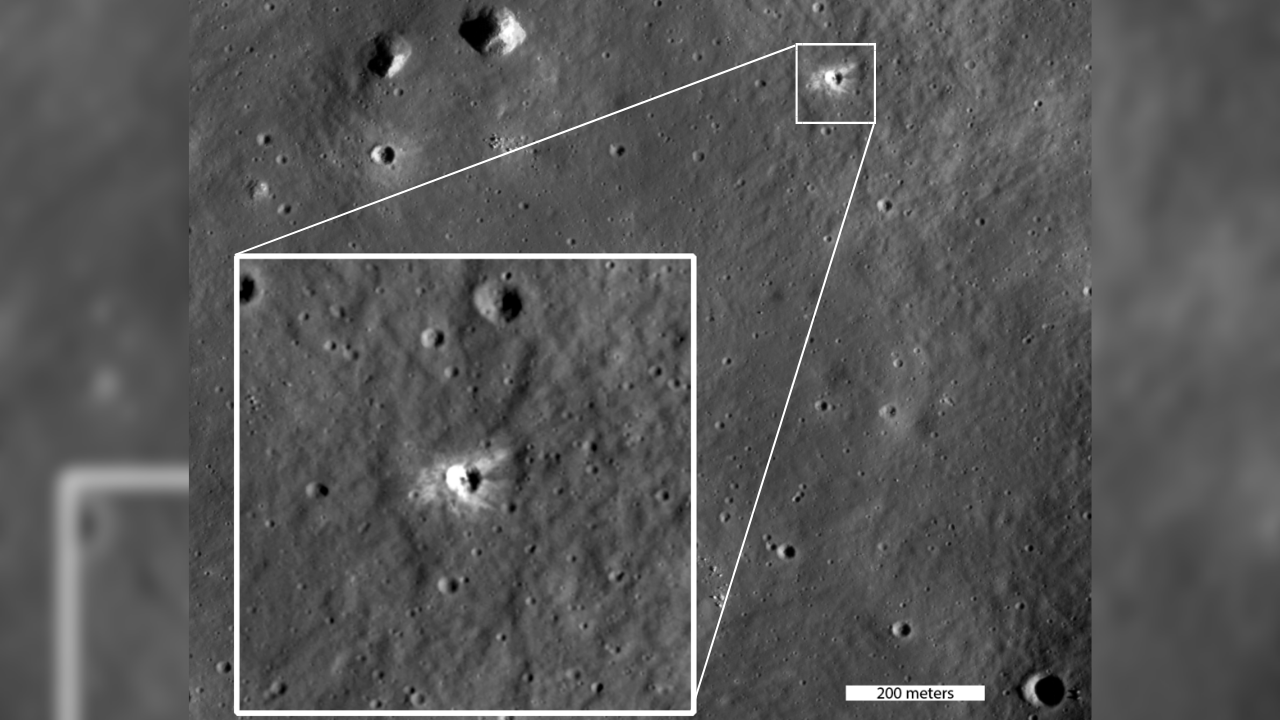Lasers target the Tarantula Nebula with 'artificial stars' | Space photo of the day for Nov. 19, 2025
The Very Large Telescope is putting its instruments to use.

Recently, the Very Large Telescope (VLT) used its powerful interferometer, also called the VLTI, as part of its GRAVITY+ upgrade to the entire system.
What is it?
The VLT is one of the world’s most advanced optical observatories, operated by the European Southern Observatory (ESO) in the Atacama Desert of northern Chile. The VLT consists of four 27-foot (8.2-meter) telescopes that can work together as a single system through the VLTI, combining their light to achieve the resolving power of a much larger telescope. This allows astronomers to distinguish fine details in distant cosmic objects, down to features hundreds of times smaller than what can be seen with a single telescope alone.
Where is it?
While this image was captured in Chile, the laser beams were targeted at a point 56 miles (90 kilometers) above Earth’s surface.
Why is it amazing?
The four beams produced bright artificial “stars," which act as guides to help astronomers correct for the distortions caused by Earth’s atmosphere, a process called adaptive optics. By removing this natural blur, the VLTI can produce much sharper and more detailed images.
The team was focusing on the Tarantula Nebula, located in the Large Magellanic Cloud, a satellite galaxy of the Milky Way about 160,000 light-years away. The nebula is a cosmic nursery where some of the most massive and luminous stars known are born, making it an ideal target for testing the improved precision and sensitivity of the GRAVITY+ system. Observing this region helps astronomers study how massive stars form and evolve, and how their intense radiation and winds shape the surrounding interstellar environment.
Want to learn more?
You can learn more about the Large Magellanic Cloud and ground-based telescopes.
Breaking space news, the latest updates on rocket launches, skywatching events and more!
Kenna Hughes-Castleberry is the Content Manager at Space.com. Formerly, she was the Science Communicator at JILA, a physics research institute. Kenna is also a freelance science journalist. Her beats include quantum technology, AI, animal intelligence, corvids, and cephalopods.
You must confirm your public display name before commenting
Please logout and then login again, you will then be prompted to enter your display name.

